Hip and Groin Pain
About Lateral Hip Pain & Groin Strains
Hip pain can be felt into the groin, the lateral hip and into the gluteal area. These symptoms relate to different issues – the most common problems being OsteoArthritis of the hip, Gluteal Tendinopathies and Adductor muscle (groin) strains.
All of these issues affect people’s ability to walk comfortably, contributing to a loss of lifestyle and quality of life, making it hard to complete your daily tasks and to enjoy your social and sporting commitments. The knock-on effect of decreased walking can also lead to a decrease in your general fitness and cardiovascular health, leading to decreased balance and potentially lifestyle illnesses. Physiotherapy can help.
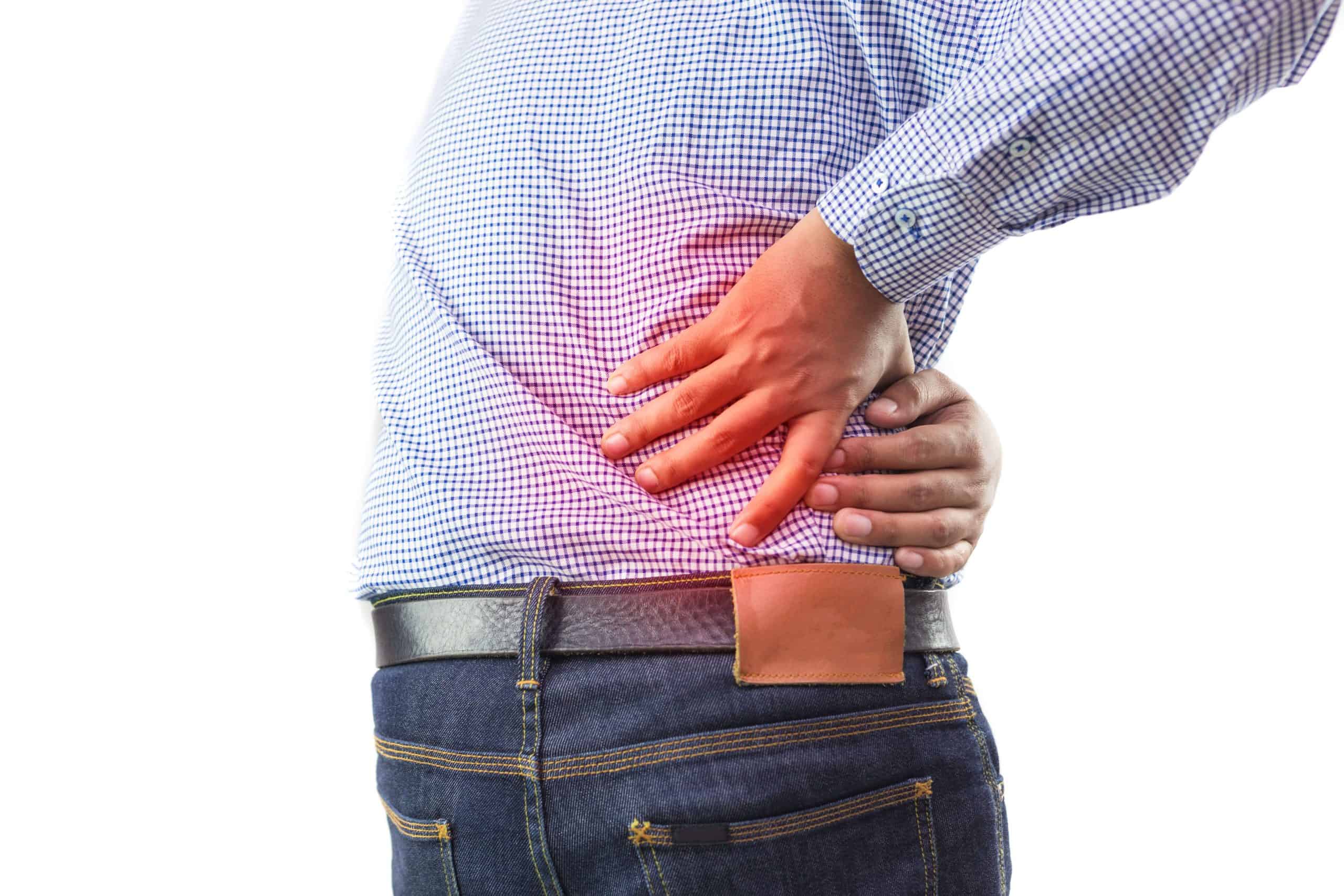
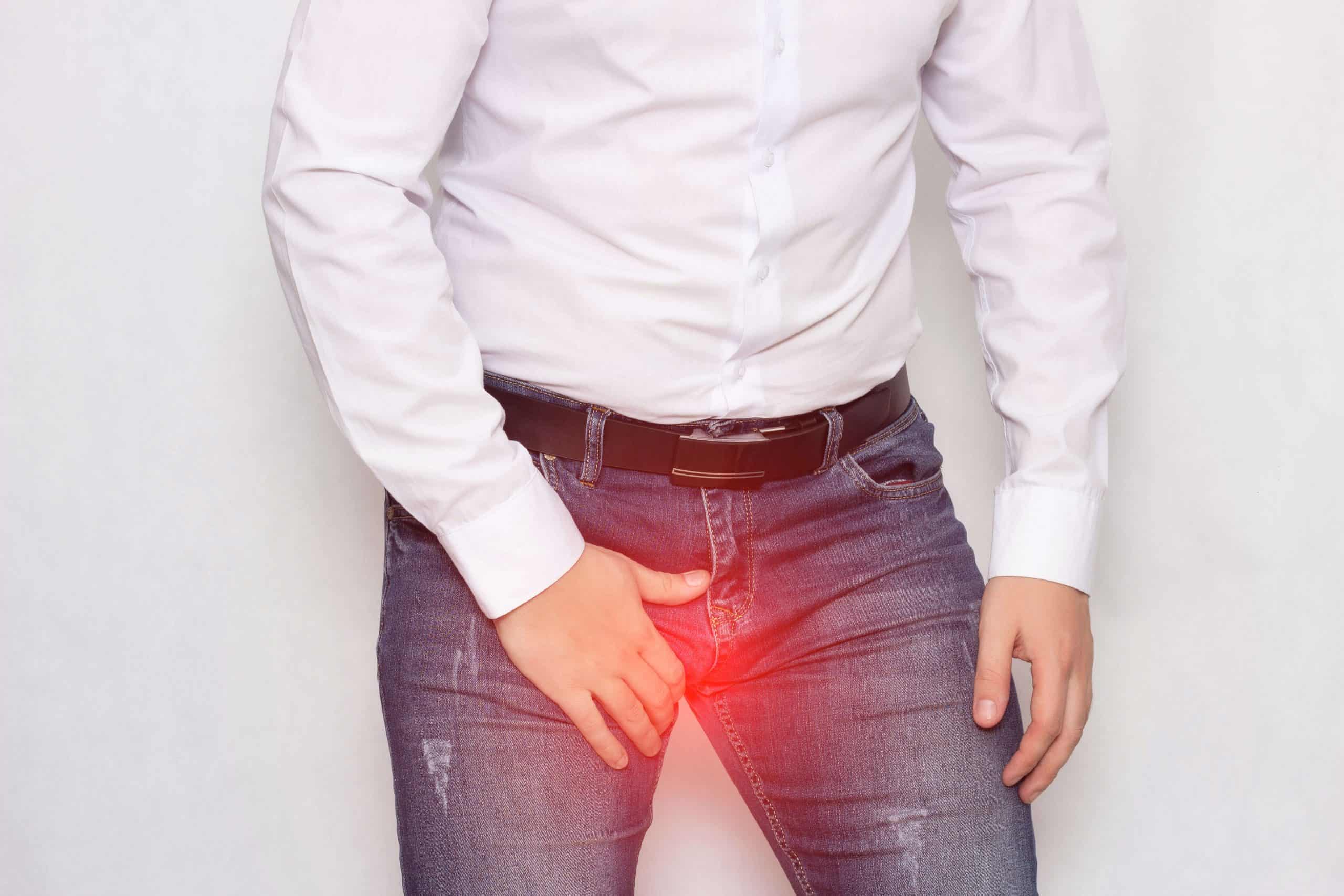
Adductor or Groin Strains
Groin strains are a common injury in sports, especially where twisting, sprinting, sidestepping, lunging and kicking are required sporting skills. Physical activity such as soccer, football, basketball, tennis and hockey is often the culprit. This injury is usually the result of either a blow to the groin muscles, a very strong contraction of these muscles or repetitive mild strains.
The most common muscle involved is the Adductor Longus. These injuries are treated very successfully with physiotherapy for groin strain. Once again, prevention is always better than the cure, both in the non-injured sporting person and following a previous groin injury.
Hip Osteoarthritis
Osteoarthritis of the hip is the degeneration of the hip due to mechanical loads on the joint during weight-bearing. The main structures affected are the articular cartilage, then the bone underneath and the soft tissue structures that surround the joint. In people aged over 65, 10% have hip OA, and 50% of these people report pain. The normal presentation is anterior groin pain felt on walking, or when flexing the hip such as reaching to put shoes and socks on or sitting on a low chair. Recent studies have shown specific exercise is the most effective tool at improving the symptoms and quality of life of people with hip OA. Prevention is the best strategy – with modification of lifestyle factors and improvements in hip function, mobility and strength. Our physiotherapists care experts at assessing the hip, treating your symptoms and teaching you the skills and exercises you need to manage your hip OA.
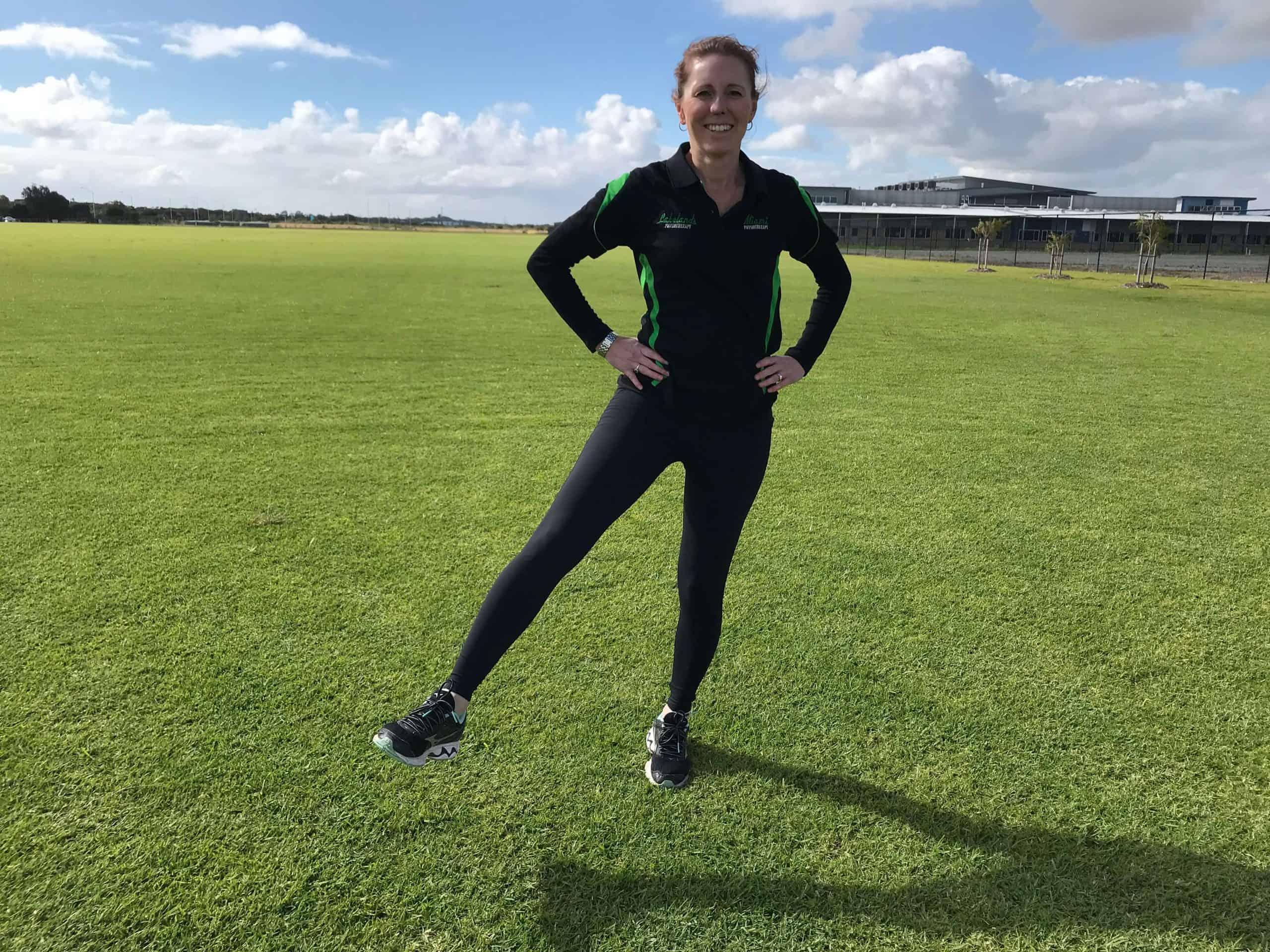
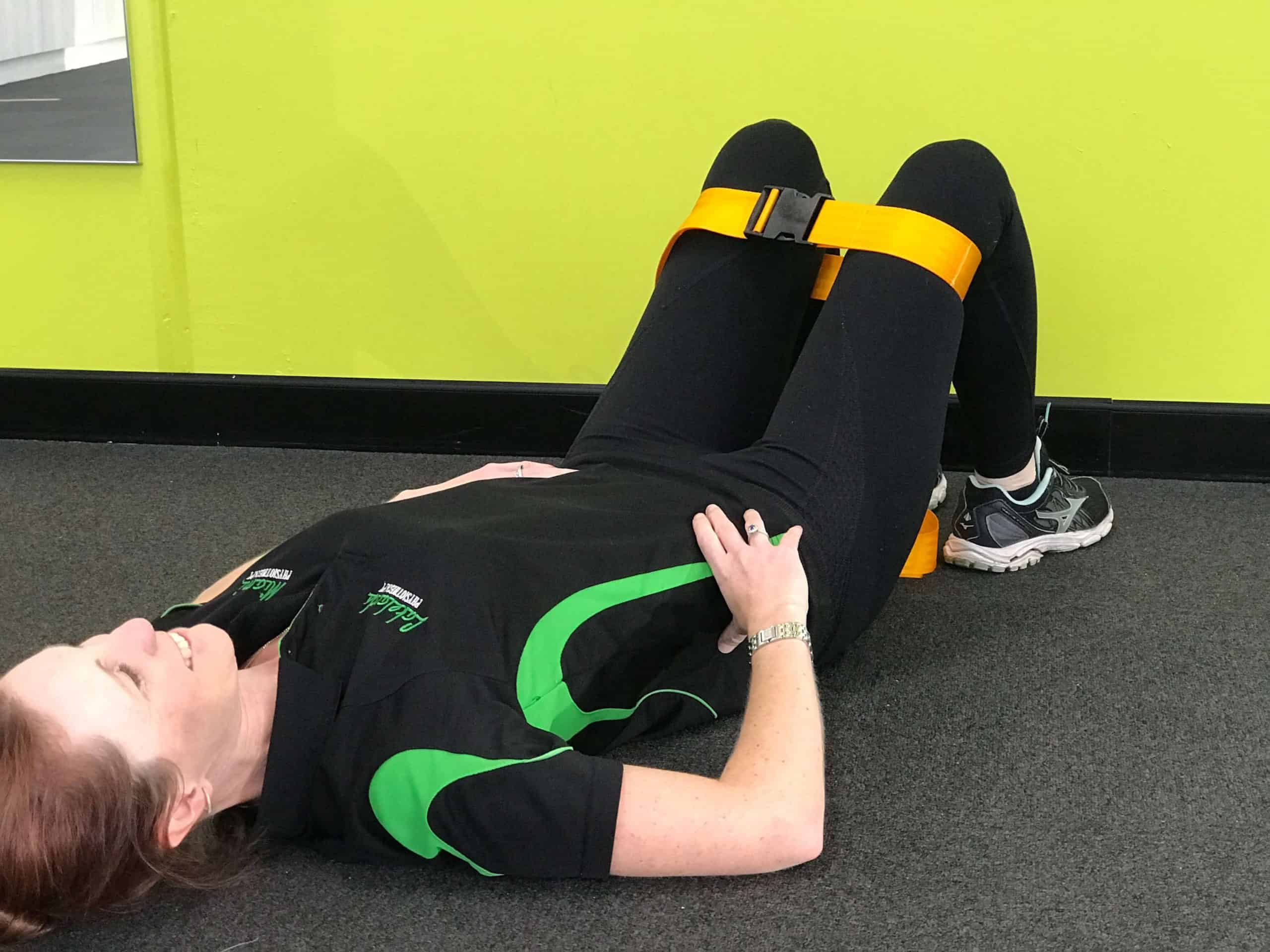
About Gluteal Tendinopathy (and Lateral Hip Pain)
Posterior and lateral hip pain is often associated with Gluteal Tendinopathies – most often the Gluteal Medius and the Gluteal Minimus tendons. They run over the trochanteric bursa (hip bursa) and insert into the greater trochanter of the femur (thigh bone).
This injury is common in people that participate in running sports or older less active people and is due to the tendon failing to adapt to the loads being applied often in combination with compression in the tendon tissue. In fact, 1 in 4 women over the age of 50 are reported to suffer from this condition. Recently renamed Trochanteric Pain Syndrome – recognising the involvement of both the Gluteal tendons and the trochanteric bursa.
Gluteal tendinopathy and lateral hip pain markedly affect the quality of life of sufferers, with a direct impact on walking, involvement in community activities and recreation and impeding sleep. The good news is that our physiotherapists can treat and teach you the exercises required to decrease your hip pain, strengthen your tendons and resolve/manage these conditions.
Our Services
Our expert physiotherapists are trained to assess your hip or groin pain and determine the cause. They can also screen sporting people/athletes for risk factors and teach/recommend preventative injury programs. The services that will help you prevent or recover from your hip pain are:
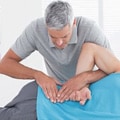
Physiotherapy
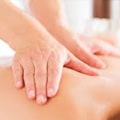
Remedial Massage
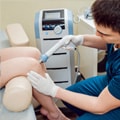
Shockwave Therapy
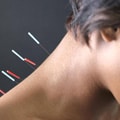
Dry Needling
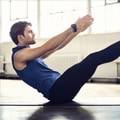
Musculoskeletal screening
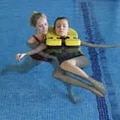
Exercise prescription

